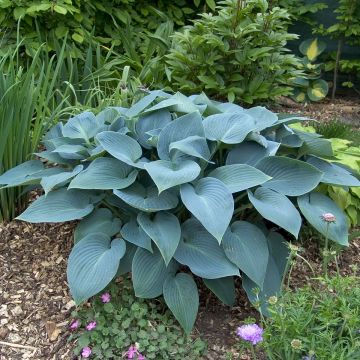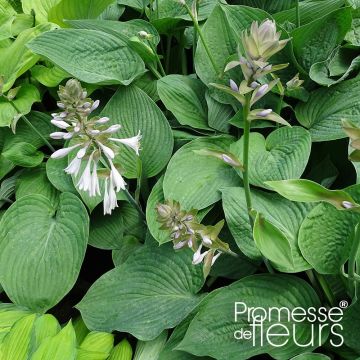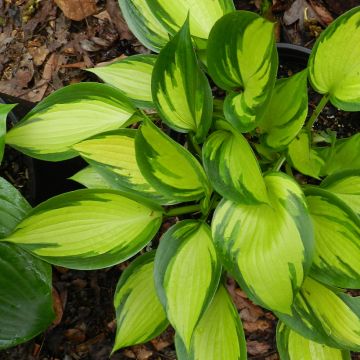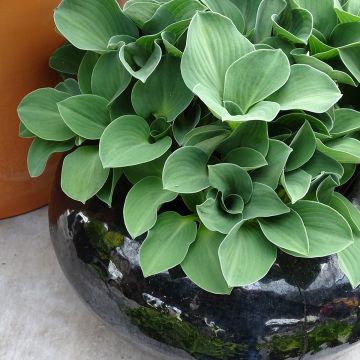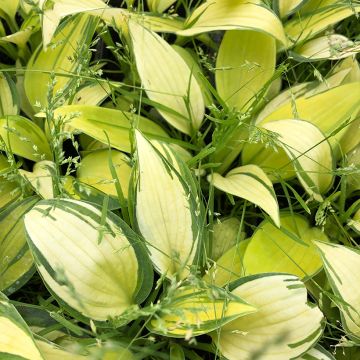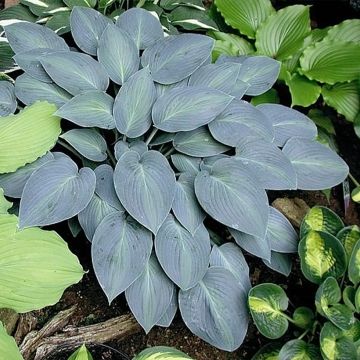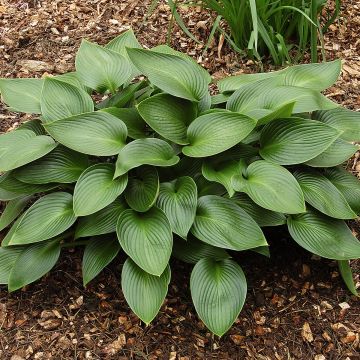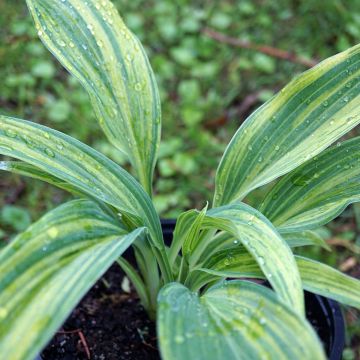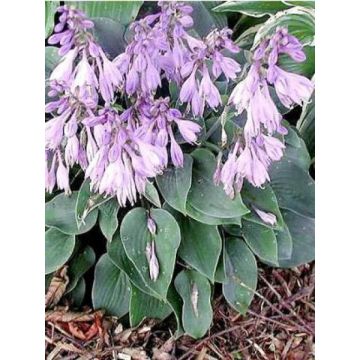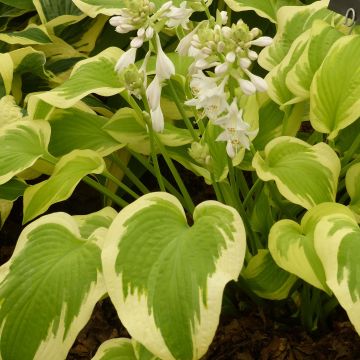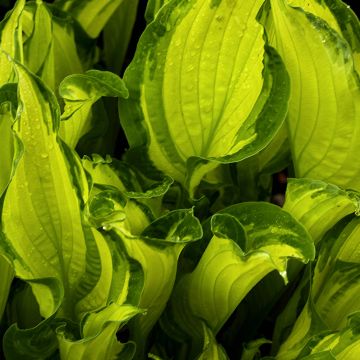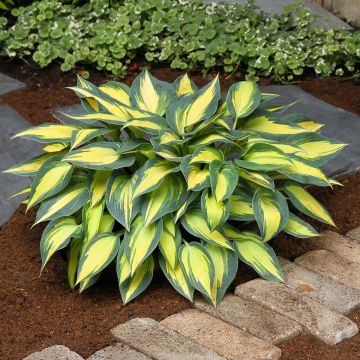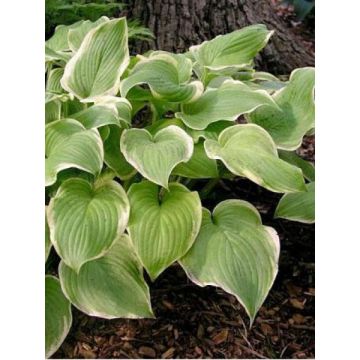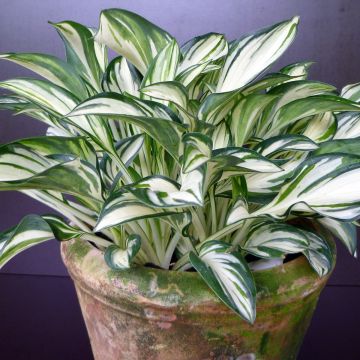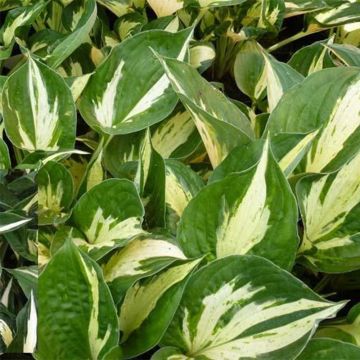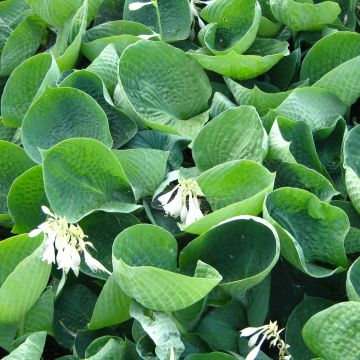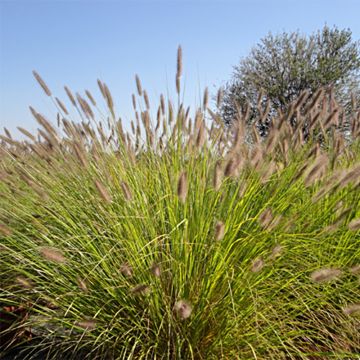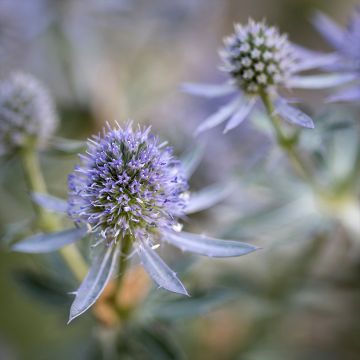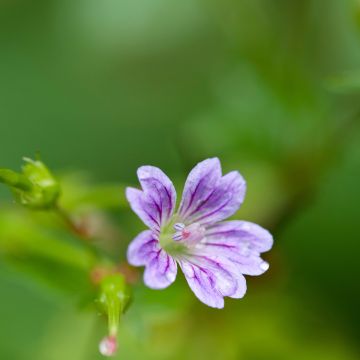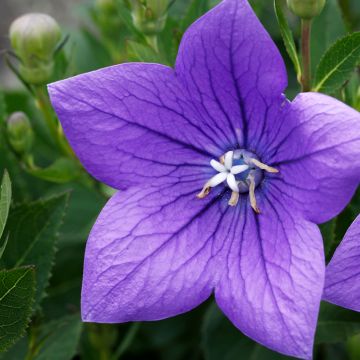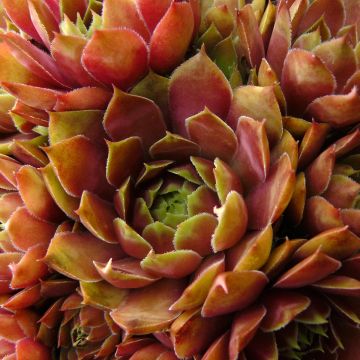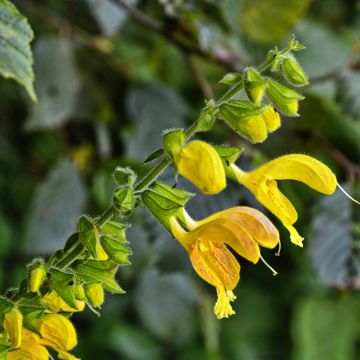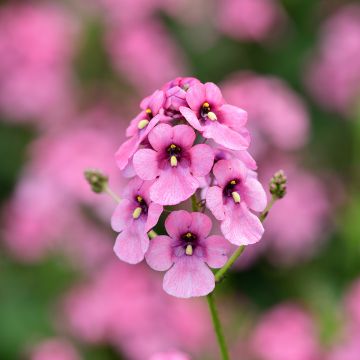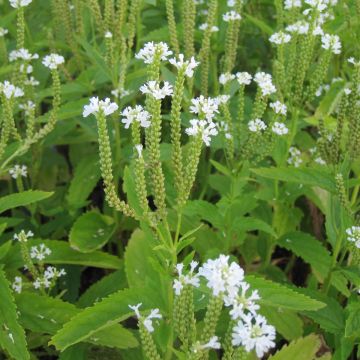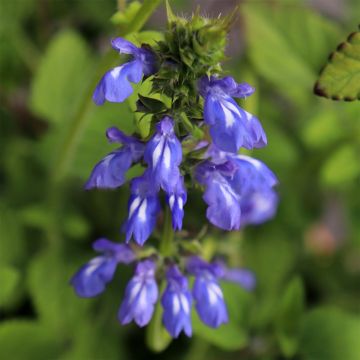Shipping country and language
Your country of residence may be:
Your country of residence is:
For a better user experience on our website, you can select:
Your shipping country:
Andorra
Austria
Belgium
Bulgaria
Canada
Chile
Croatia
Cyprus
Czechia
Denmark
Estonia
Finland
France
Germany
Greece
Hungary
Iceland
Ireland
Italy
Latvia
Lithuania
Luxembourg
Malta
Monaco
Netherlands
Poland
Portugal
Romania
Slovakia
Slovenia
Spain
Sweden
Switzerland
United Kingdom
We only deliver seed and bulb products to your country. If you add other products to your basket, they cannot be shipped.
Language:
French
German
Spanish
English
My Account
Hello
My wish lists
Plantfit
Log in / Register
Existing customer?
New customer?
Create an account to track your orders, access our customer service and, if you wish, make the most of our upcoming offers.
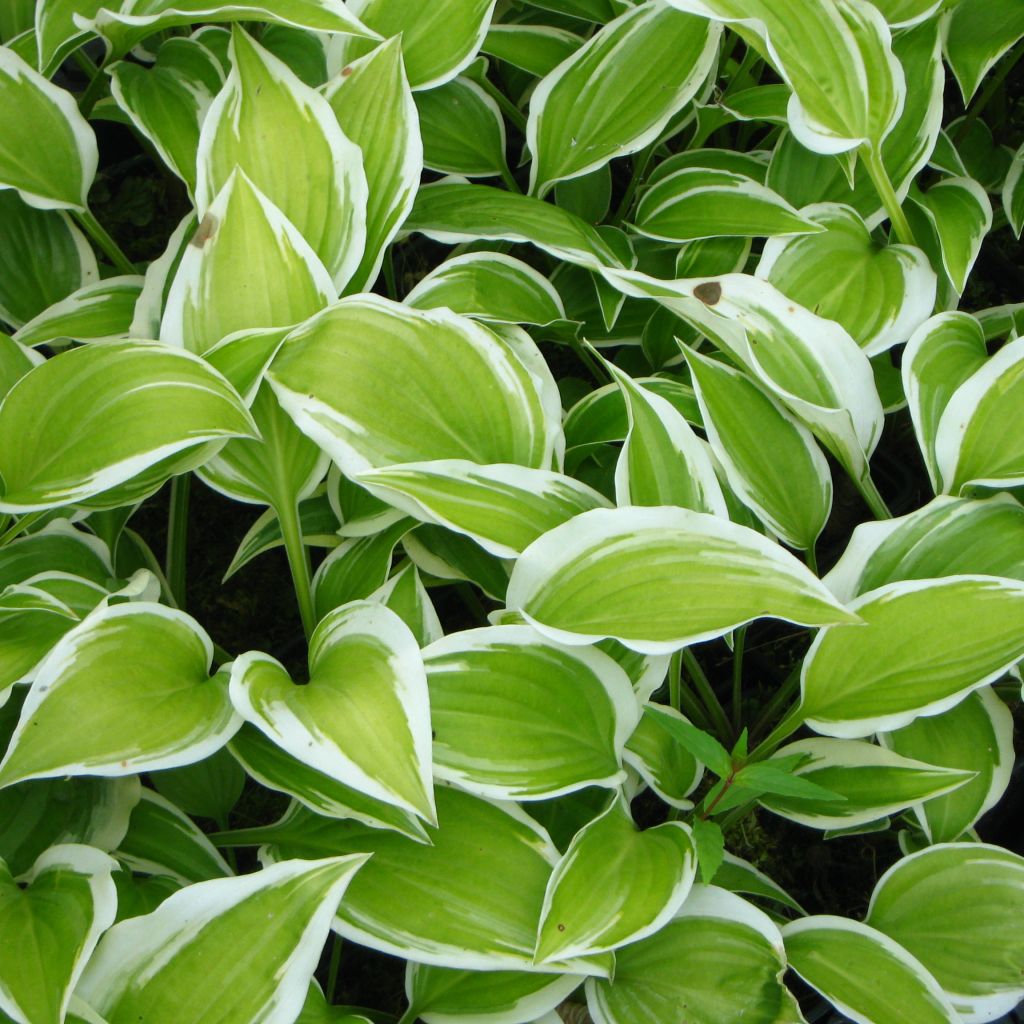

Hosta Emily Dickinson
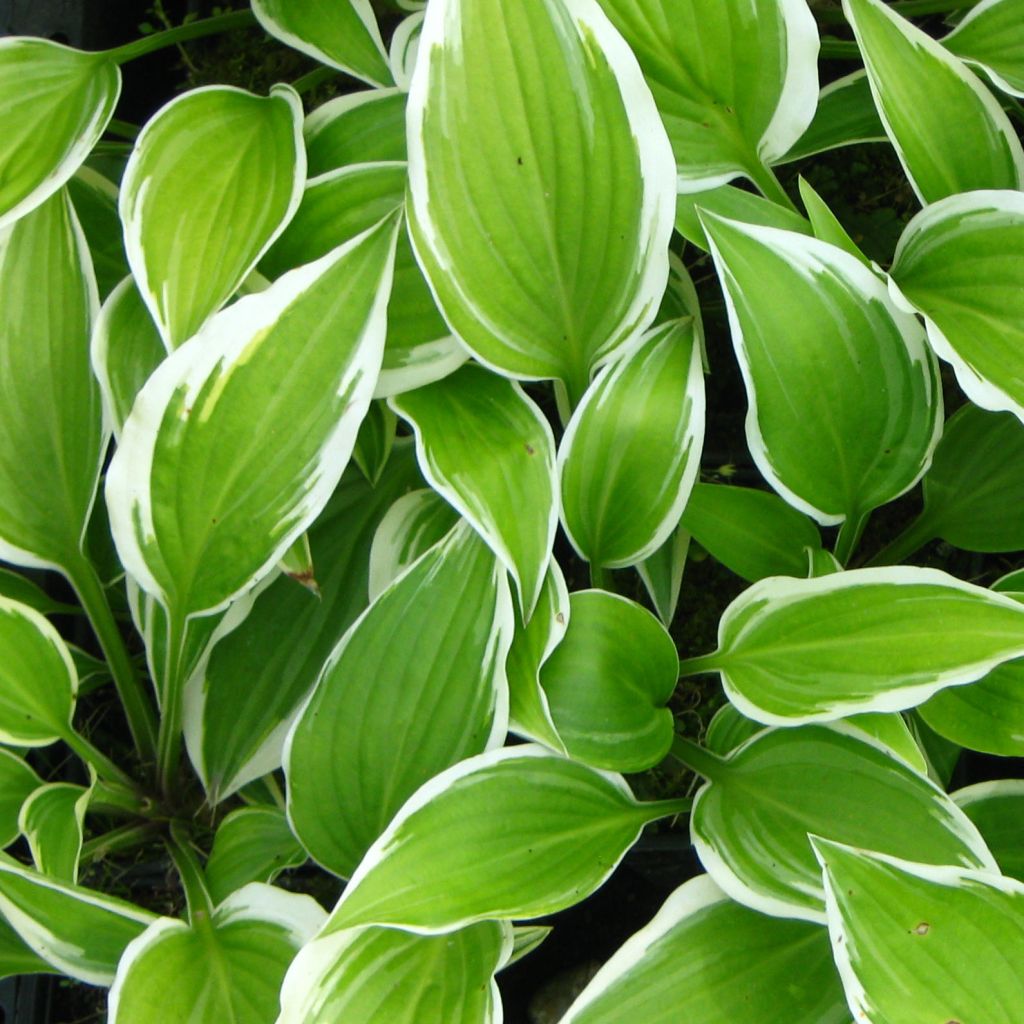

Hosta Emily Dickinson
Hosta Emily Dickinson
Hosta Emily Dickinson
Plantain Lily, Funkia
Shame that slugs love them too.
Fabienne L., 04/09/2018
Why not try an alternative variety in stock?
View all →Order in the next for dispatch today!
Dispatch by letter from €3.90.
Delivery charge from €5.90 Oversize package delivery charge from €6.90.
More information
This item is not available in your country.
Schedule delivery date,
and select date in basket
This plant carries a 12 months recovery warranty
More information
We guarantee the quality of our plants for a full growing cycle, and will replace at our expense any plant that fails to recover under normal climatic and planting conditions.
From €5.90 for pickup delivery and €6.90 for home delivery
Express home delivery from €8.90.
Does this plant fit my garden?
Set up your Plantfit profile →
Description
The Hosta 'Emily Dickinson' is one of the rare varieties whose small lavender bells are fragrant. They are gathered in light spikes, gracefully upright amidst beautiful variegated foliage of light green and dark green, irregularly marginated with pale yellow. The margins fade in summer and become cream-white. This medium-sized variety shows fairly rapid growth. Easy to grow and succeed in cool soil, the dainty 'Emily Dickinson' shows a preference for partially shaded exposures or morning sun.
This Hosta, or Funkia, is a hardy perennial, with broad clumps from spring. It belongs to the asparagus family. 'Emily Dickinson' has 'Splash Neat' variety and a hybrid of Hosta plantaginea, a tall plant with white and fragrant flowers, as parents. 'Emily Dickinson' will reach a height of 40 to 50 cm (16 to 20in) and 70 cm (28in) in flower, spreading at least 60 cm (24in), with fairly rapid growth. It forms a clump wider than it is tall. It is a long-lasting plant, with large deciduous heart-shaped leaves; ending in a pointed tip, with very visible veins. The lamina is thick, mostly light green with some dark green streaks, surrounded by thin yellow to cream margins. This variety is also distinguished by its fragrant flowering. It takes place in July-August.
The hybrid Hosta 'Emily Dickinson' is perfect for partially shaded borders, to mark the curve of a path. It will go well with many perennials such as bleeding hearts, ferns, epimediums, and Siberian Miner's Lettuce, with which it forms beautiful colourful duos that require little maintenance. Its ample foliage will hide the gaps left by spring-flowering bulbs. It will also be advantageous in the company of lungworts, brunneras, and tall foxgloves or small violets. It can also be paired with partially shaded bushes such as Mexican orange, variegated holly, azaleas. All hostas grow well in pots and can remain in the same container for several years. Choose a special geranium potting soil to use during the growing season. As long as the foliage is not too dense, you can water from the top of the pot. Then place a saucer under the pot where you will pour water, maintaining a constant level in summer.
Most of the species found in Western gardens have been introduced from Japan. Edible, hostas are called 'urui' in Japan where they are commonly consumed.
Hosta Emily Dickinson in pictures
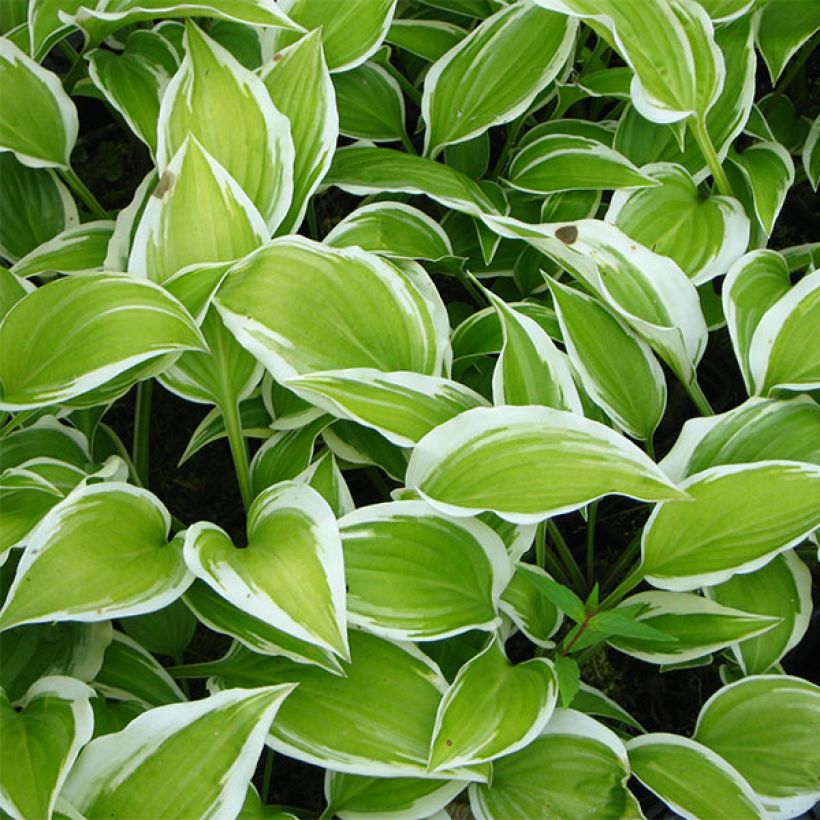

Flowering
Foliage
Plant habit
Botanical data
Hosta
Emily Dickinson
Liliaceae - Hostaceae
Plantain Lily, Funkia
Cultivar or hybrid
Other Hostas - Plantain Lilies
Planting and care
Hostas are planted in spring or autumn. Hostas thrive in a deep, rich, humus-bearing, loose soil, preferably neutral to acidic (at least low in limestone), and moist to wet throughout the year. Plant them in partial or dappled shade, and in a sheltered location away from strong winds.
Prepare a planting hole of 20 cm (8in) x 20 cm (8in) x 20 cm (8in). If your soil is heavy, mix equal parts of compost with crumbled soil, partially backfill the hole, and place your potted plant in such a way that the top of the root ball is covered with 3 cm (1in) of soil. Applying a slow-release fertiliser (dehydrated blood, horn powder) will nourish your plant during its rooting period without the risk of burning. Make sure to position the collar well above the soil level. Firm the soil and water generously to eliminate air pockets. If the weather is dry, regular watering for a few weeks is necessary to facilitate the establishment of your plant. Also, water regularly during dry summers.
With their shared preference for moist locations, slugs and snails are never far away from hostas. Even though blue or variegated hostas often have thicker and tougher foliage, which is less appealing to slugs, these plants still need protection against gastropods. Protect your hosta plants by surrounding them with ferramol-based granules (approved for organic farming), eggshells, coffee grounds, mulch, or any dry and rough natural substance that repels them. Hedgehogs are the gardener's best allies in the fight against gastropods because, unlike chickens, they do not till the soil or attack the tender green shoots of young plants. Finally, some plants have a repulsive smell for slugs, such as wormwood and garlic.
Planting period
Intended location
Care
- , onOrder confirmed
Reply from on Promesse de fleurs
Summer flowering perennials
Haven't found what you were looking for?
Hardiness is the lowest winter temperature a plant can endure without suffering serious damage or even dying. However, hardiness is affected by location (a sheltered area, such as a patio), protection (winter cover) and soil type (hardiness is improved by well-drained soil).

Photo Sharing Terms & Conditions
In order to encourage gardeners to interact and share their experiences, Promesse de fleurs offers various media enabling content to be uploaded onto its Site - in particular via the ‘Photo sharing’ module.
The User agrees to refrain from:
- Posting any content that is illegal, prejudicial, insulting, racist, inciteful to hatred, revisionist, contrary to public decency, that infringes on privacy or on the privacy rights of third parties, in particular the publicity rights of persons and goods, intellectual property rights, or the right to privacy.
- Submitting content on behalf of a third party;
- Impersonate the identity of a third party and/or publish any personal information about a third party;
In general, the User undertakes to refrain from any unethical behaviour.
All Content (in particular text, comments, files, images, photos, videos, creative works, etc.), which may be subject to property or intellectual property rights, image or other private rights, shall remain the property of the User, subject to the limited rights granted by the terms of the licence granted by Promesse de fleurs as stated below. Users are at liberty to publish or not to publish such Content on the Site, notably via the ‘Photo Sharing’ facility, and accept that this Content shall be made public and freely accessible, notably on the Internet.
Users further acknowledge, undertake to have ,and guarantee that they hold all necessary rights and permissions to publish such material on the Site, in particular with regard to the legislation in force pertaining to any privacy, property, intellectual property, image, or contractual rights, or rights of any other nature. By publishing such Content on the Site, Users acknowledge accepting full liability as publishers of the Content within the meaning of the law, and grant Promesse de fleurs, free of charge, an inclusive, worldwide licence for the said Content for the entire duration of its publication, including all reproduction, representation, up/downloading, displaying, performing, transmission, and storage rights.
Users also grant permission for their name to be linked to the Content and accept that this link may not always be made available.
By engaging in posting material, Users consent to their Content becoming automatically accessible on the Internet, in particular on other sites and/or blogs and/or web pages of the Promesse de fleurs site, including in particular social pages and the Promesse de fleurs catalogue.
Users may secure the removal of entrusted content free of charge by issuing a simple request via our contact form.
The flowering period indicated on our website applies to countries and regions located in USDA zone 8 (France, the United Kingdom, Ireland, the Netherlands, etc.)
It will vary according to where you live:
- In zones 9 to 10 (Italy, Spain, Greece, etc.), flowering will occur about 2 to 4 weeks earlier.
- In zones 6 to 7 (Germany, Poland, Slovenia, and lower mountainous regions), flowering will be delayed by 2 to 3 weeks.
- In zone 5 (Central Europe, Scandinavia), blooming will be delayed by 3 to 5 weeks.
In temperate climates, pruning of spring-flowering shrubs (forsythia, spireas, etc.) should be done just after flowering.
Pruning of summer-flowering shrubs (Indian Lilac, Perovskia, etc.) can be done in winter or spring.
In cold regions as well as with frost-sensitive plants, avoid pruning too early when severe frosts may still occur.
The planting period indicated on our website applies to countries and regions located in USDA zone 8 (France, United Kingdom, Ireland, Netherlands).
It will vary according to where you live:
- In Mediterranean zones (Marseille, Madrid, Milan, etc.), autumn and winter are the best planting periods.
- In continental zones (Strasbourg, Munich, Vienna, etc.), delay planting by 2 to 3 weeks in spring and bring it forward by 2 to 4 weeks in autumn.
- In mountainous regions (the Alps, Pyrenees, Carpathians, etc.), it is best to plant in late spring (May-June) or late summer (August-September).
The harvesting period indicated on our website applies to countries and regions in USDA zone 8 (France, England, Ireland, the Netherlands).
In colder areas (Scandinavia, Poland, Austria...) fruit and vegetable harvests are likely to be delayed by 3-4 weeks.
In warmer areas (Italy, Spain, Greece, etc.), harvesting will probably take place earlier, depending on weather conditions.
The sowing periods indicated on our website apply to countries and regions within USDA Zone 8 (France, UK, Ireland, Netherlands).
In colder areas (Scandinavia, Poland, Austria...), delay any outdoor sowing by 3-4 weeks, or sow under glass.
In warmer climes (Italy, Spain, Greece, etc.), bring outdoor sowing forward by a few weeks.
